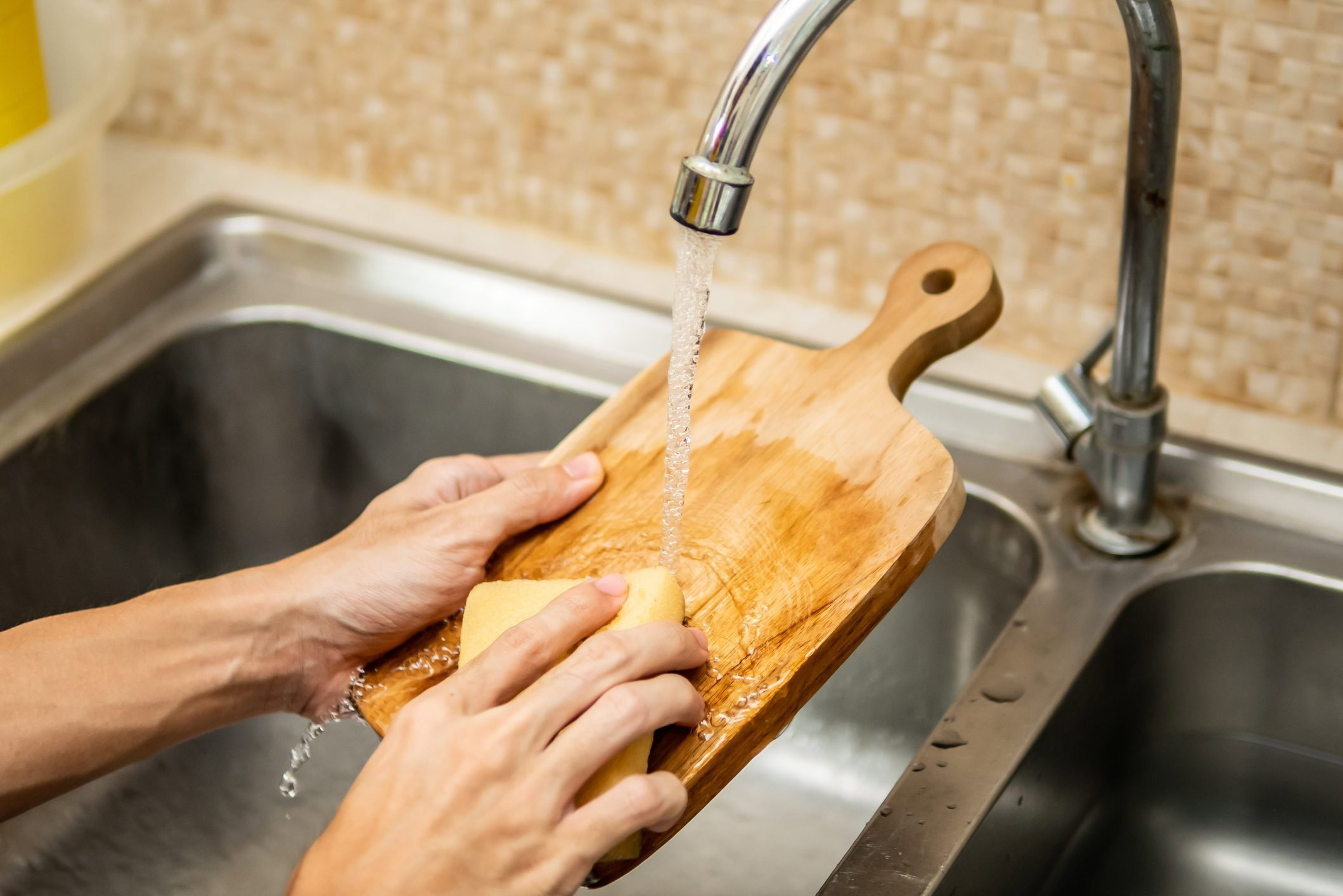Wooden cutting boards are not only essential tools in the kitchen but also beautiful additions to any culinary workspace. However, to ensure their longevity and hygiene, proper cleaning and maintenance are crucial. In this detailed guide, we’ll delve into the intricacies of wooden cutting board cleaning from daily cleaning routines to long-term preservation techniques.
Understanding Wooden Cutting Boards:
Wooden cutting boards are prized for their durability, knife-friendliness, and natural aesthetic. They come in various types of wood, such as maple, walnut, cherry, and bamboo, each with its unique characteristics and benefits. While wooden cutting boards are less prone to harboring bacteria compared to plastic counterparts, they require special care to prevent warping, cracking, and contamination.
Daily Cleaning Routine:
Hand Washing:
After each use, hand wash the wooden cutting board with hot water and mild dish soap. Avoid submerging it in water or cleaning it in the dishwasher, as excessive moisture can cause warping.
- Use a sponge or soft-bristled brush to gently scrub the surface, removing any food residue or stains.
- Rinse the cutting board thoroughly with clean water to remove all soap residue.
Sanitizing:
To disinfect the cutting board, apply a solution of equal parts white vinegar and water or hydrogen peroxide and water.
- Allow the solution to sit on the surface for a few minutes before rinsing with water.
- Alternatively, you can use a diluted bleach solution (1 tablespoon of bleach per gallon of water) for sanitization, but ensure thorough rinsing afterward.
Drying:
After washing, pat the cutting board dry with a clean towel or allow it to air dry upright to prevent moisture buildup.
- Avoid storing the cutting board in a damp environment, as this can lead to mold and mildew growth.
Wooden Cutting Board Cleaning and Maintenance:
- Removing Odors:
- To eliminate odors from the cutting board, sprinkle it with coarse salt and rub the surface with a lemon half or a mixture of baking soda and water.
- Allow the salt or baking soda paste to sit for a few minutes before rinsing and drying the cutting board.
- Rejuvenating the Surface:
- Periodically treat the wooden cutting board with mineral oil or food-grade cutting board oil to replenish moisture and prevent drying and cracking.
- Apply a thin layer of oil to the surface of the cutting board, allowing it to penetrate for several hours or overnight before wiping off any excess.
- Sanding and Refinishing:
- If the cutting board develops deep scratches, stains, or rough patches, consider sanding and refinishing the surface.
- Use fine-grit sandpaper to sand the surface evenly, then apply a food-safe finish, such as mineral oil or beeswax, to seal and protect the wood.
Best Practices for Wooden Cutting Boards:
- Use Separate Boards: To prevent cross-contamination, designate specific cutting boards for raw meat, poultry, seafood, fruits, and vegetables.
- Avoid Excessive Moisture: Minimize prolonged exposure to water and moisture to prevent warping, cracking, and bacterial growth.
- Regular Inspection: Periodically inspect the cutting board for signs of wear, such as deep grooves, splintering, or mold, and address any issues promptly.
- Avoid Harsh Cleaners: Refrain from using harsh chemicals, bleach, or abrasive cleaners on wooden cutting boards, as they can damage the wood and compromise food safety.
- Store Properly: Store the cutting board in a cool, dry place away from direct sunlight and heat sources to maintain its integrity and prevent warping.
Conclusion:
By following these comprehensive Wooden Cutting Board Cleaning and maintenance guidelines, you can ensure that your wooden cutting board remains a reliable and hygienic companion in your culinary endeavors for years to come. With proper care, your cutting board will not only enhance your cooking experience but also serve as a cherished kitchen heirloom.
